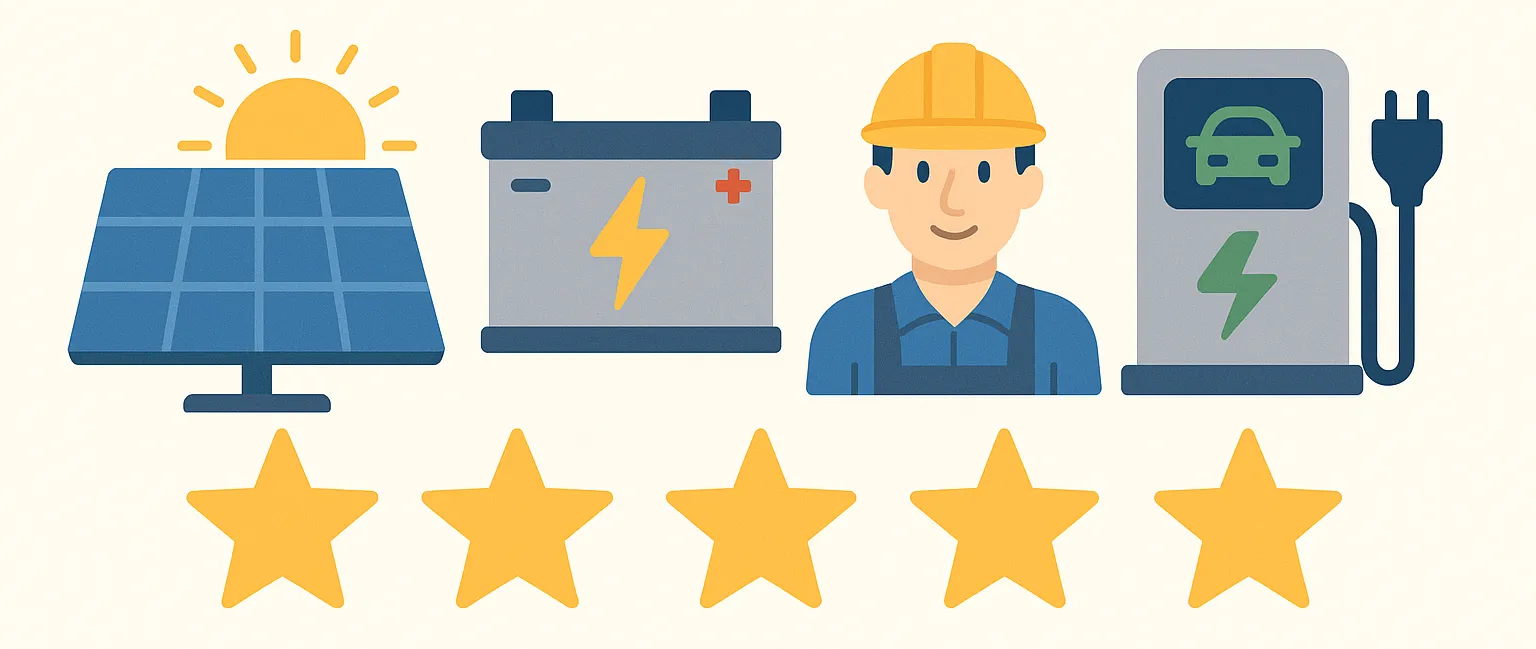Real-time monitoring of solar PV systems doesn’t just mean better performance – it is a prerequisite for effective battery storage, writes Stefan Jarnason.
Australia needs more solar monitoring.
With almost 1.4 million solar PV systems installed across the country, and a further 180,000 new PV systems being installed each year, it’s baffling just how little we know about actual PV system performance in the field. While PV panels have a 25-year warranty, and inverters a five- to ten-year warranty, the annual inverter failure rate varies from 2 per cent pa to more than 30 per cent pa (i), and PV panel degradation from 0.5 per cent pa to more than 5 per cent pa.
The average Mean Time to Gross Failure for PV systems is less than four years (ii). This high failure rate is exacerbated in Australia due to the prevalence of low-quality Tier 3 equipment being installed, with more than 40 per cent of PV panels being sourced from Tier 3 manufacturers (iii). In fact, the most authoritative study to date shows that between 26 per cent and 51 per cent of PV systems in Australia have either failed or are significantly underperforming (iv).
Even for PV systems with passive monitoring that provides the home owner with PV energy generation data from the inverter, the average time taken to rectify these gross faults is in excess of two months, while the more subtle faults are not detected at all (v).
With customers unable to answer the fundamental question “How well is my PV system performing”, these undetected failures are costing PV system owners hundreds to thousands of dollars each year in lost energy savings.
Change is coming
Two recent industry developments are set to change this dynamic completely. The first is that active PV monitoring has arrived. Active or smart PV monitoring differs from the traditional passive monitoring in that it combines real-time PV system energy generation data with local weather information and sophisticated analytics to determine exactly how well a given PV system is performing.
By generating an accurate model of each PV system, even small underperformances can be detected, and, through diagnosis of the underperformance signature, home owners and installers can be sent detailed recommendations of how to rapidly rectify the issue.
Importantly, due to the advent of low cost M2M (Machine-to-Machine) data transmission costs and cloud-based computing, the cost of these monitoring services has fallen significantly, with several companies now offering compelling solutions.
PV system underperformance may be caused by many factors including the following:
PV module degradation (including potential induced degradation, hotspots, microcracks, delamination, high resistance (e.g. solder joints), shunting (e.g. moisture ingress), and breakage)
Resistive losses due to cable breakdown
Inverter failure (intermittent or catastrophic)
Earth leakage
AC or DC isolator faults
Increased soiling
Increased shading
Incorrect or faulty installation.
In addition to PV system fault detection and diagnosis, smart monitoring can provide customers with real-time load shifting recommendations, savings information, comparisons to neighbouring PV systems, export energy calculations, and scheduled maintenance events.
The storage revolution
The second change is the rapidly reducing cost of batteries. With the expiration of the solar feed-in tariffs, most PV systems owners are getting paid zero to 8c/kWh for their exported energy. This will drive customers to maximise the value of their PV systems through installation of batteries. However, as shown by recent analysis from SunWiz (vi), it is far from simple to determine when it is economical to install storage, and what capacity of storage is appropriate. Enter active or smart monitoring.
In order to determine the optimal battery size and configuration, both solar energy generation and household energy consumption data are required. Ideally this data is captured over a 12-month period to provide seasonal consumption information. Monitoring services can then analyse this data to provide solar installers with accurate storage recommendations for each individual site based on real energy usage and electricity tariff data.
Armed with this compelling information, the solar installer can quickly provide these customers with a storage solution that will save them money.
By installing smart solar monitoring now, smart PV system installers will not only be improving the quality of PV systems they install, but also future-proofing their customer base for the battery boom, with insightful data allowing them to accurately identify ideal battery candidates.
Stefan Jarnason is the Managing Director of solar monitoring company Solar Analytics. He has been a pioneer in the development of the solar PV industry in Australia. His 18 years of industry experience includes research, product development, PV module manufacturing, PV system design, large scale project development and solar monitoring.
